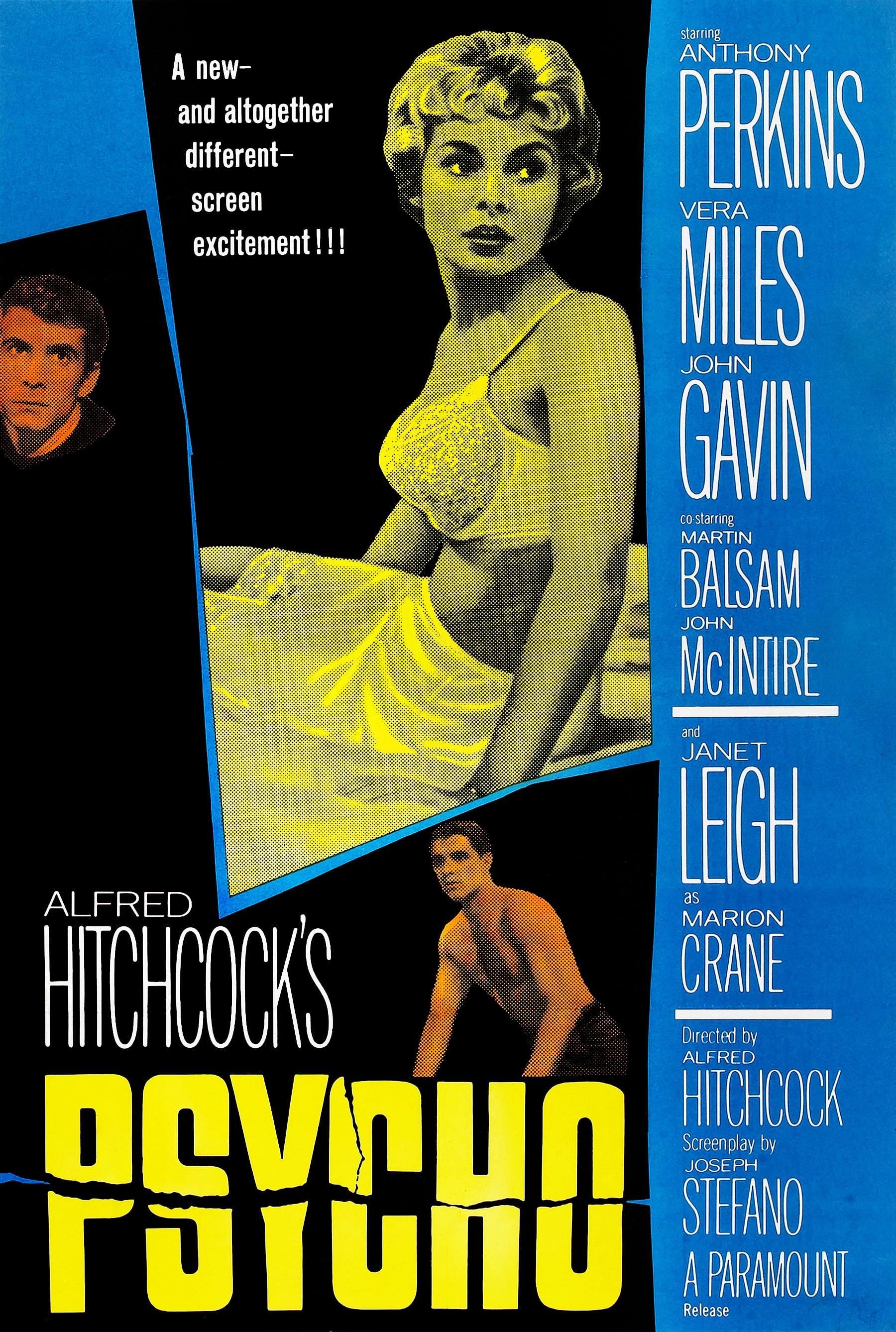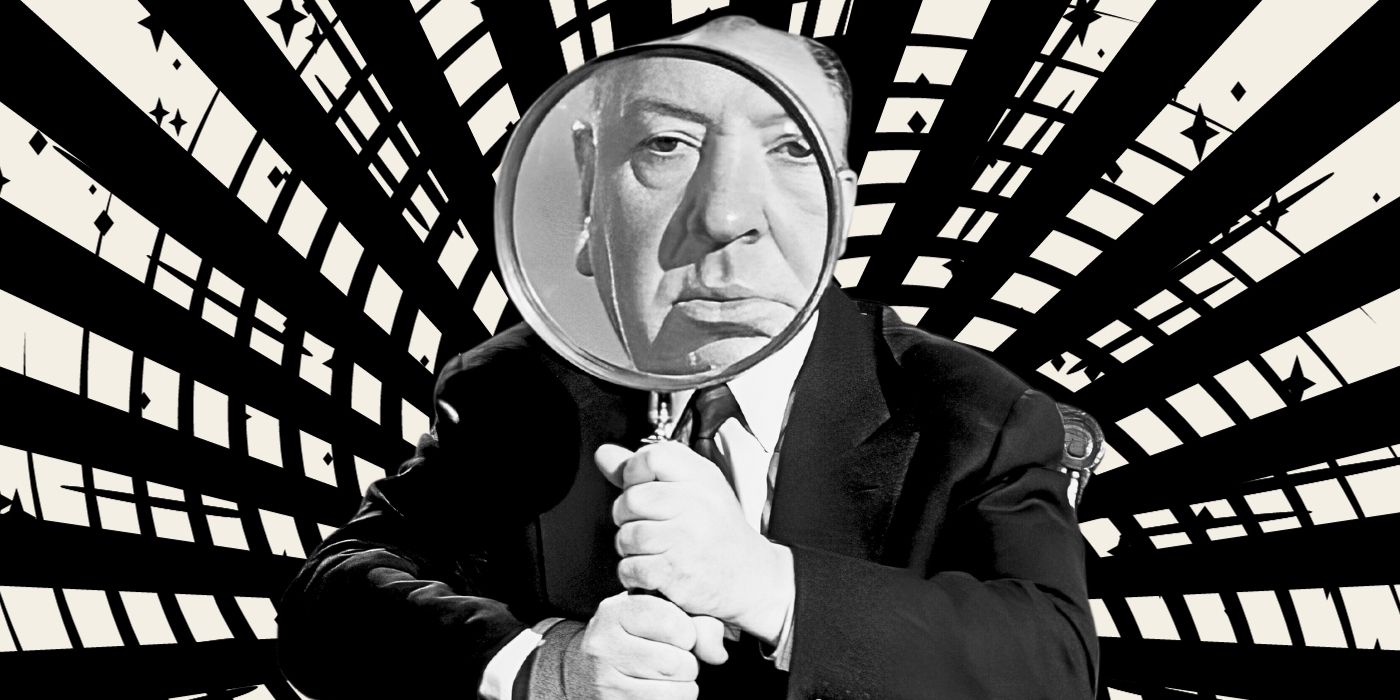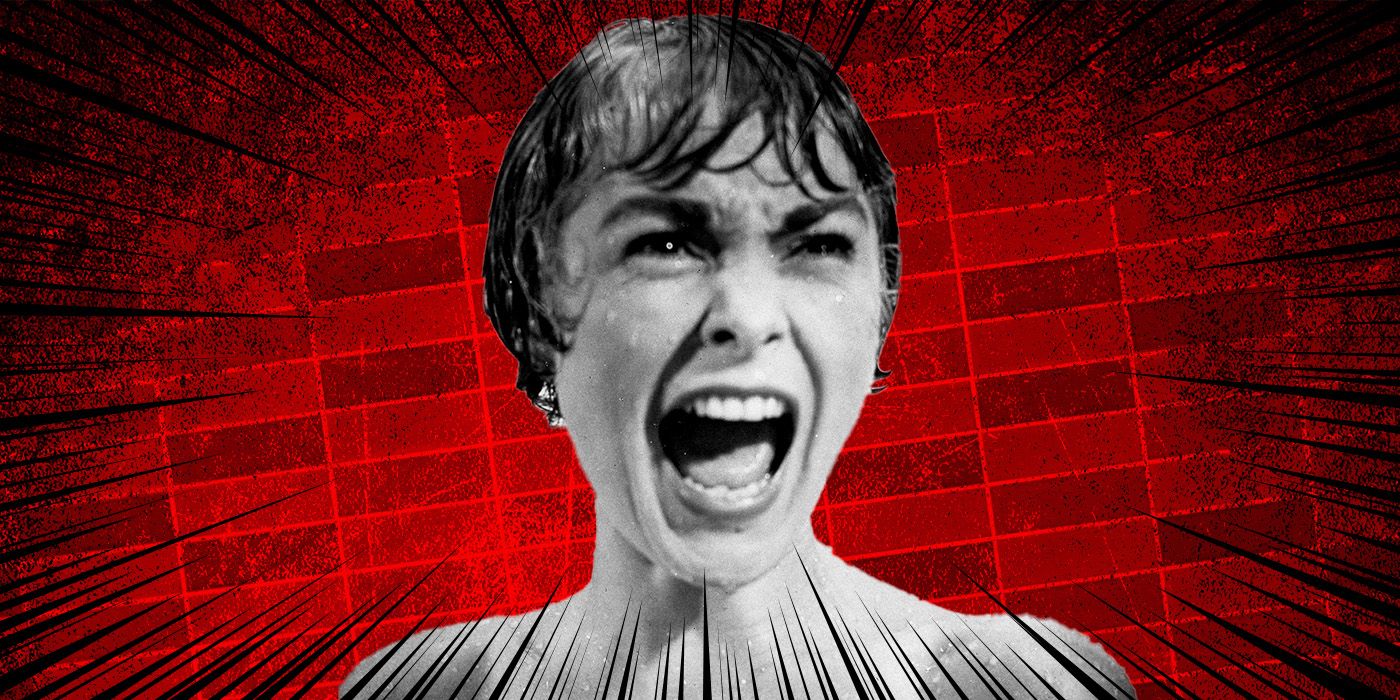The Big Picture
- Hitchcock's Psycho revolutionized horror with its iconic shower scene, a masterpiece of suspense and cinematography.
- The novel version of Psycho features a more gruesome death for Marion, emphasizing the film's brilliance in restraint.
- Anthony Perkins' portrayal of Norman Bates in the film adds layers of suspense and surprise that the novel lacks.
In 1960, Alfred Hitchcock shocked audiences with the release of the horror film Psycho. Regarded as the first proto-slasher, along with Michael Powell's Peeping Tom, which came out the same year, Psycho was a slow-burn character study punctuated by some frightening moments of violence. No scene is more terrifying than the infamous shower scene, where our heroine — up to that point — Marion Crane (Janet Leigh), is stabbed to death in her room's shower at the Bates Motel. It's a scene known for its twist because we didn't expect her to die, and also for the way it's shot, and, of course, that bone-chilling score. If that wasn't frightening enough, in the novel of the same name, written by Robert Bloch and published in 1959, Marion's death is even more bloody and cruel.

Psycho
A Phoenix secretary embezzles $40,000 from her employer's client, goes on the run and checks into a remote motel run by a young man under the domination of his mother.
- Release Date
- June 22, 1960
- Director
- Alfred Hitchcock
- Cast
- Anthony Perkins , Vera Miles , John Gavin , Martin Balsam , John McIntire , Simon Oakland
- Writers
- Joseph Stefano , Robert Bloch
- Studio
- Paramount Pictures
'Psycho's Shower Scene Is Peak Horror Filmmaking by Alfred Hitchcock
Alfred Hitchcock is known not just for crafting some all-time classic thrillers, but also for his eye for interesting and groundbreaking camera shots. Some of the best shots in movie history occur in Hitchcock films, whether it be the spinning camerawork in Notorious, the murder filmed in the reflection of eyeglasses in Strangers on a Train, or Cary Grant being chased down by a plane in North by Northwest. However, none of those examples compare to the shower scene from Psycho. The first act would have you think that this Hitchcock film is your run-of-the-mill thriller, with Marion Crane on the run after stealing money from her work.
She makes the fateful decision to hide out at the Bates Motel, run by the awkward and timid Norman Bates (Anthony Perkins), a man who seems a little odd but not exactly a threat. We know something bad is going to happen to Marion (psycho is right there in the title!) and that she'll have to spend the rest of the film fending off some mad person, but no one was ready for what happens next. Early in the second act, while Marion is taking a shower in her room, the curtain is pulled back, revealing a shadow holding a knife, with our psycho stabbing Marion to death. Just like that, our heroine is dead, and we've been thrown for a loop, not knowing what to expect next.
Psycho's shower scene could have been simple, carried by the shock of Marion's death, but that wasn't enough for Hitchcock or his cinematographer, John L. Russell. The scene is its own slow burn, as we watch Marion get ready for her mundane shower. It then switches to the slow realization that the bathroom door has been opened, and a dark figure is slowly approaching the curtain. When the suspense reaches its peak, the rollercoaster goes over and the curtain is pulled back, revealing the silhouette of a woman holding a larger knife. Marion screams and the blade comes down over and over. We're given shots of the knife aimed at her abdomen, shots of Marion fighting, and then, as she succumbs, the slow pulling down of the curtain, the blood going down the drain, and the cut to Marion's lifeless eyes. If that wasn't brilliant enough, Bernard Herrmann's frenzied score ups the anxiety to a near breaking point. While the scene is terrifying and one of the most iconic moments in horror history, there's almost no gore. The same can't be said for Robert Bloch's novel.
Marion Crane's Death Is More Brutal in Robert Bloch's Novel
The shower scene in the novel version of Psycho begins the same way, except here Marion is named Mary. While she's in the shower, Bloch writes that Mary doesn't hear the door open nor the footsteps approaching. When the shower curtain is pulled back, the steam obscures her attacker's face (Hitchcock played more with shadows and lighting here). When Marion finally puts together what is happening, the face is described as being like a mask hanging in midair while disguised with a headscarf. In the movie, we get nothing but a silhouette of the killer, while in the novel, Mary can see the face of the person who will end her life. She doesn't recognize them though, because their features are covered with dead-white powder and two spots of rouge on the cheekbones. It's the face of a "crazy old woman" that Mary sees. Robert Bloch then writes:
“Mary started to scream, and then the curtains parted further and a hand appeared, holding a butcher knife. It was the knife that, a moment later, cut off her scream.
“And her head.”
In the Psycho novel, Mary is decapitated in the shower by her killer. While that's customary with today's slashers, where heads are chopped off left and right, this is not what audiences were used to in 1960. Something so graphic and violent might not have even been allowed in the movie, for while it is horror, Psycho also holds the distinction of being the first movie to ever show a toilet being flushed. If something so normal was controversial, rolling heads certainly would have been impossible. This change is for the best because if Marion had been decapitated in the film, that's what we'd remember the scene for. The importance of the shower scene is the jolt of the tone change, the suspense of the emerging shadow, the cinematography of the attack, the iconic score, and finally, the shock of the death. All of those things come together to create an unforgettable moment. If Marion had gotten her head chopped off on top of it, that shock would have taken away from everything else.

Hitchcock’s Favorite Film of His Isn’t ‘Psycho’ or ‘Vertigo,’ It’s This Chilling Thriller
And he has three succinct reasons for it.Another important difference is that Mary doesn't show up until the second chapter of Psycho. Hitchcock gets us by showing her right from the beginning and making her the star. We're drawn to her, and even though she's not such a great person, we're invested. The novel doesn't do that, instead making her a minor character, cutting back and forth between her and Norman, so we never get enough time with her. Bloch treats her like the first person to die rather than the final girl and the main subject of the plot. When Mary dies in the novel, we don't care as much because we haven't been made to, but Hitchcock spends the entire first act with Marion, forcing us to love her whether we want to or not so that when she does perish, it wrecks us.
There Are Several Important Differences Between the 'Psycho' Novel and Movie
While Marion (or Mary's) death might be the biggest change to Psycho in the move from page to screen, it's not the only one. In Hitchcock's movie, Anthony Perkins was just 27 years old when he played Norman Bates. With his baby face and thin frame, he doesn't seem like a threat but rather the lead in a light romantic comedy. It's a great choice, as Hitchcock wants the audience to believe that Norman must have some goodness in him despite being a bit troubled. Surely someone as slight and shy as him couldn't be a killer, right? Hitchcock wants to suck us in and make us believe that Norman's mother truly is alive and the killer, with Norman being her poor, traumatized son. Maybe he'll be our hero and defeat his mother before someone else gets hurt. That makes the film's second twist, that Norman is the killer dressing up as his mother, a shocker we don't see coming.
In Bloch's novel, he's not interested in subtlety. He goes overboard on every stereotype, cutting out the suspense and spelling everything out so often that we can see every turn coming. Norman Bates is a cookie-cutter bad guy, a middle-aged man who drinks a lot and takes a liking to the occult. If that's not in your face enough, Norman also hates women and calls them vile names. It's so obvious that he's the killer that it dulls the impact when he is revealed to be the one behind the makeup. Of course it's him, it was spelled out for us the entire time, whereas Hitchcock's masterful misdirection kept us in the dark until the right moment.
Robert Bloch's Psycho is not a bad novel. There's a reason why Alfred Hitchcock wanted to adapt it. The book is a fun, frightening read, but Alfred Hitchcock and his crucial changes turned the story into a classic.
Psycho is available to watch on Prime Video.

